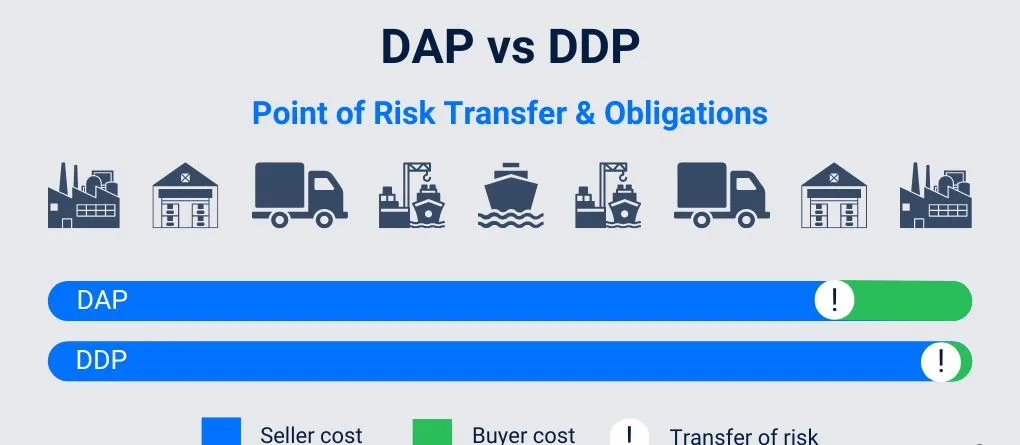To rent or to own? It is often posed in many fields—movies, garments, cars, or shelter. To many managers or owners of the business entities, often engaged in freight shipping, it is a crucial factor while choosing the freight containers. Freight forwarders or companies that do not transport goods on a regular basis will benefit from the ability to own a freight shipping container because it gives them more authority over certain aspects of the e-commerce supply chain.
This article is going to explain the basics of shipper-owned containers, distinguishing them from the carrier owned container not-owned containers, and consider the vital questions you should ask yourself to evaluate whether you should indeed invest in owned freight containers.
What is a shipper-owned container?
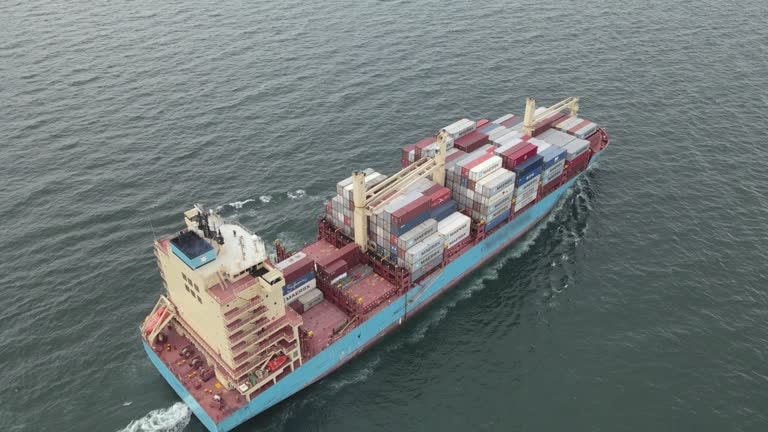
A shipper-owned container (SOC) is a cargo container in possession of a shipper or an individual as opposed to the transport carrier. Carrier-owned containers (COCs), on the other hand, are a container owned by the specific shipping line or the logistics provider and are leased to the consignee, while SOC’s are owned by the specific shipper. Customers who deal with SOCs hire out the services of a carrier to move their container by paying for a space in the carrier’s truck, railcar, or vessel, hence adding another level of control to their shipping operations and possibly reducing the overall cost.
Where Shipper-Owned Containers Are Commonly Used
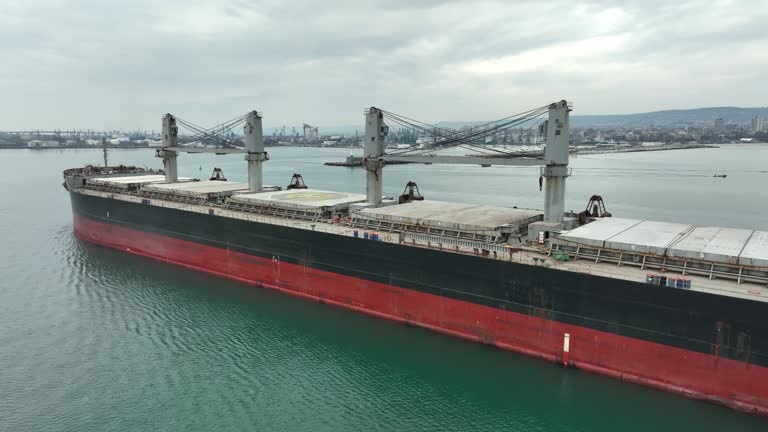
However, whereas the SOCs are located in the same environment as the COCs, they hold more value when implemented in the routes or the shipping lanes with low volumes of carriage of goods. Similar to COCs, the general structures of SOCs can be transported via freight procedures without disrupting their incorporation into existing elaborate structures. Here are four primary modes through which SOCs are transported:
1. Freight Ships
Maritime shipping is the primary mode of shipping, and its inherently long haul nature is preferred for shipping SOCs. The units are frequently transported in large oceangoing cargo ships and, when in operation, are securely stacked with conventional forty-foot equivalent units or forty-foot long standard containers on container ships. These vessels are an important subsystem of international commerce that facilitates reliable and speedy transportation of bulk goods on international seaways.
2. Large Ground Transport
Another mode of transport for SOCs is through ground transport or through trucking. Transportation of both SOCs and COCs also presents some challenges, mainly concerning the size and weight of quantities that may need to be transported, which in most cases will need heavy-loaded trucks for transport. SOC container transport is also reliant on rail freight, especially for cross-country shipments, as it is usually cheaper and as effective as trucking.
3. Aircraft
Air transport is, of course, relatively more expensive but could be used in cases where SOCs need the products faster. The air cargo shippers use distinct cargo planes that are purpose-built to handle containers and other large shipment safely carrier’s container fleet. As a result of its being more expensive than the other modes of transport, this mode of cargo space is commonly used for urgent or perishable goods.
4. Intermodal Transit
Intermodal transport links together various modes of transport like sea, land, and air to maximize the availability of routing and extend the conveyance of consignment to other areas. It is most advantageous when delivery is to a single place where no single means of transportation suffices. Intermodal shipping is the use of trucks, rail, ships, and planes for the delivery of goods and is advantageous for complex shipment needs.
What’s the Difference Between Shipper-Owned Containers (SOCs) and Carrier-Owned Containers (COCs)?
That is why even though both SOCs and COCs are non-amended boxes and meet all the necessary sanitation standards, including CSC plates and ACEP certifications, their outright ownership of empty containers and the obligations that go with the containers could not be more opposite.
Shipper-Owned Containers (SOCs)
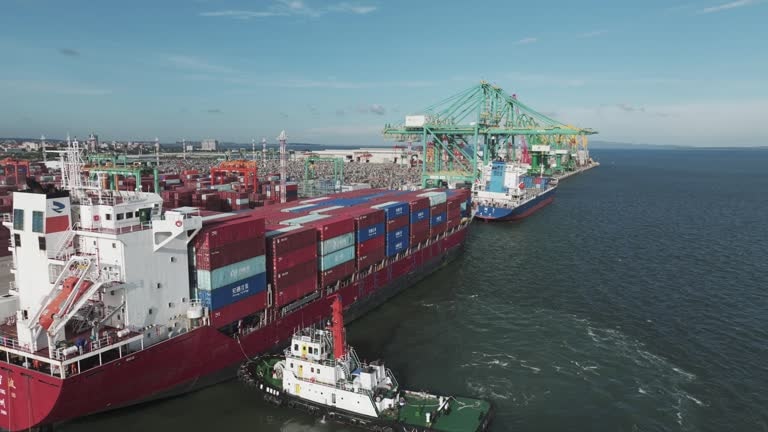
are owned by the shipper, who actively recycles them for shipping of products. The shipper bears full responsibilities of managing, storing, and maintaining these containers, which means that there is much flexibility in handling container leasing these containers and could reduce the expenses incurred on hiring containers.
Carrier-Owned Containers (COCs)
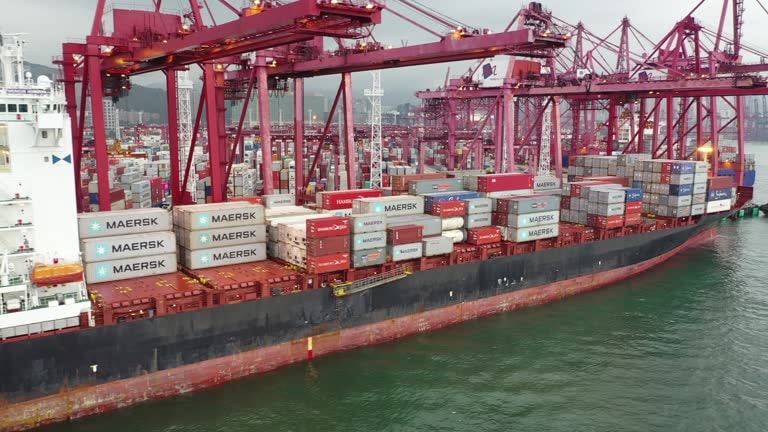
whereas, coc container, on the other hand, belongs to the carrier or the logistic provider and can be leased out to the consignee who does not own one. After deliveries have been made, these COC’s are returned to the carrier, and they are then free to lease them to other individuals. This arrangement helps to offer the consignees a certain level of flexibility due to minimization of their storage and maintenance requirements coc containers belong.
Everyday Examples of Shipper-Owned Containers
Despite the fact that SOC in freight mostly relates to large and more or less permanent-type shipping containers, to be used for international transportation, the “bring your own container” concept also operates in everyday environments. Here are some relatable examples of SOCs in daily life:
Milk Bottles and Delivery Baskets
Trays of glasses and small baskets in which milk is delivered are a type of used SOC containers. The bottles are owned by the recipient of the deposited products, and they are used and returned to the supplier for reuse. The model of sustainability is a reusable container.
Moving Boxes
The boxes or containers you move about with in events such as moving from one house to another are also SOCs. However, you should understand that even if you decide to hire a moving company to transfer your personal property, the boxes are yours. As with an empty SOC and coc., you’re responsible for their disposal, their recycling, or their reuse after the move.
Suitcases
Other examples of everyday SOC include your luggage—the suitcase. While you are expected to hire an airline to move it, it is your property; therefore, you are accountable for placing your belongings inside, for safekeeping, and for retrieving them at the right place at the right time. When an airline loses your luggage, they must compensate for the loss, but possession and all that it entails remain with the owner.
Is Purchasing Your Own Container Worthwhile?
While having SOCs proves a great advantage and flexibility to the business owning them, they cannot be benefiting every business. But as with any implementation of a large-scale structure, it is always important to evaluate what your shipper needs are and if the investment in such systems will be good for your needs and company plans.
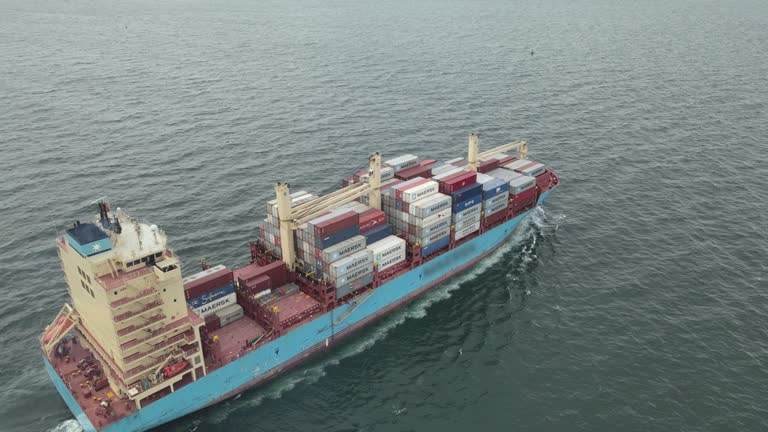
Working with SOCs can be an expensive business. A SOC measuring thirty by twenty feet costs between $1,300 and $2,000, while a SOC measuring forty by twenty feet would require anything between $1,700 and $3,000. Nonetheless, essentially, the total cost of detention charges and the demurrage and detention fees applicable to leasing carrier-owned containers (COCs) if hauled to your shipping locations and to your storage requirements may prove to be similar to the cost of an SOC in the long run.
Specifically, owning an empty SOC and coc containers may be advantageous for firms that require heavy use of COCs for shipping large volumes of goods to distant and/or remote locations or for routes that have seen little movement in recent times eliminating container rental fees. Another area likely to be equally effective is purchasing used SOCs since they offer minimal cost input than procuring new containers while offering the intended logistical benefits of ownership.
Need Support with Fulfillment Logistics? ShipBob Has You Covered
Sometimes, managing shipping on your own may seem like a daunting exercise, which can be tackled with the help of a third-party logistics (3PL) vendor. ShipBob is a highly rated third-party logistics company that assists e-commerce stores in shipping, picking, packing, and storing operations to help entrepreneurs increase their business’s growth and reduce overhead expenses related to supply chain management.
ShipBob is a freight partner for businesses, and thanks to its global network, it can organize freight shipments all over the world, for international orders as well as for domestic ones. The platform allows businesses to get access to discounted rates and experience comprehensive support from ShipBob, which helps them to expand their focus and automate operations on an international level port congestion.
Conclusion
Appreciating that SOCs are owned by shippers entails several benefits for organizations, which make the usage of the containers attractive for companies that seek more control and reliability in the supply channel. SOCs may help decrease reliance on the carrier’s own containers themselves, decrease recurring rental costs, and increase satisfaction with the variability to move goods along atypical or non-mainline paths. However, such investments should be made preceded by an analysis of the specific needs of the business when it comes to shipping and an evaluation of the general cost structures and the long-term shipping strategy of the firm. In other words, for companies with heavy shipping volume to certain specialized outlets, the ownership of SOC logically becomes financially rational and less costly.
For companies that do not have the capabilities or wish to outsource container management, there is another option, which is cooperation with a third-party logistics provider, ShipBob in this case. Fulfillment and shipping services have been fashioned to help corporations, small businesses, and e-commerce stores in many ways, including outsourcing, cutting costs, and penetrating global markets without necessarily having to deal directly with integrated logistics. Regardless of whether deciding on sourcing container leasing company or SOCs or entering into a 3PL relationship, there is nothing as critical as ensuring that logistics solutions are correctly harmonized with the company goals if success and steady improvement are to be attained soc containers.


